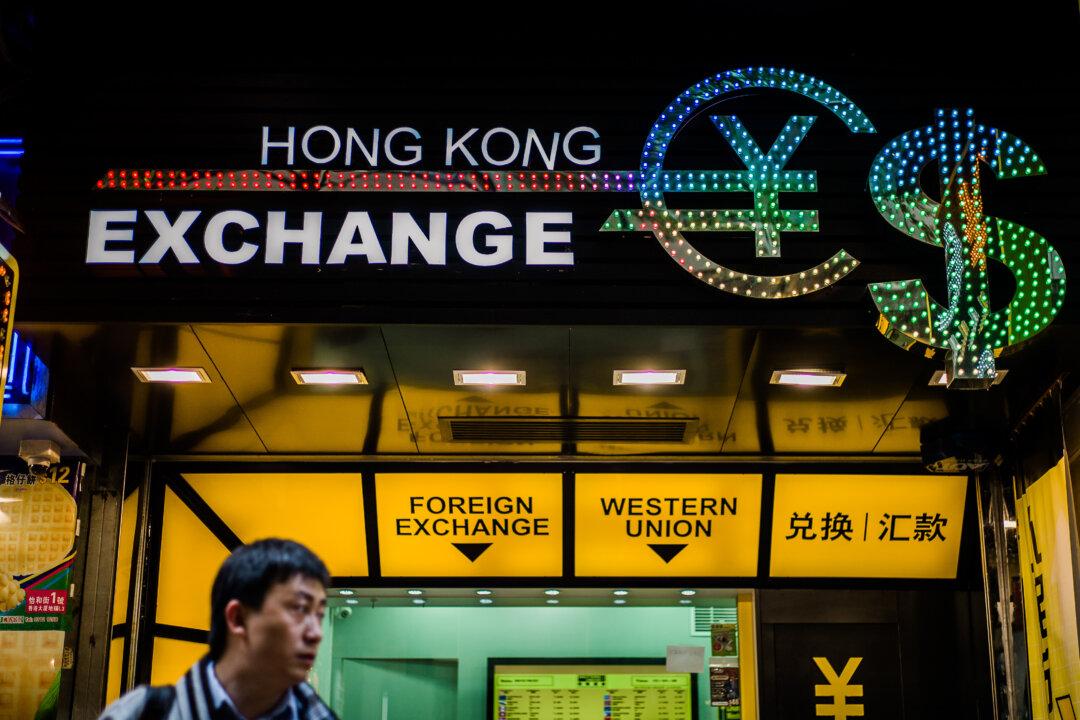Costa Cruises, a unit of U.S. cruising giant Carnival, is canceling all future Asia departures amid diminishing hopes for Beijing to ease its zero-COVID approach and stringent border restrictions in the foreseeable future.
The company released a statement on Oct. 25 that it has decided to cancel its Asian home ports cruise programs and reorganize its structure in East Asia due to “continuing uncertainties regarding the full restart of international cruises in [the region].”






